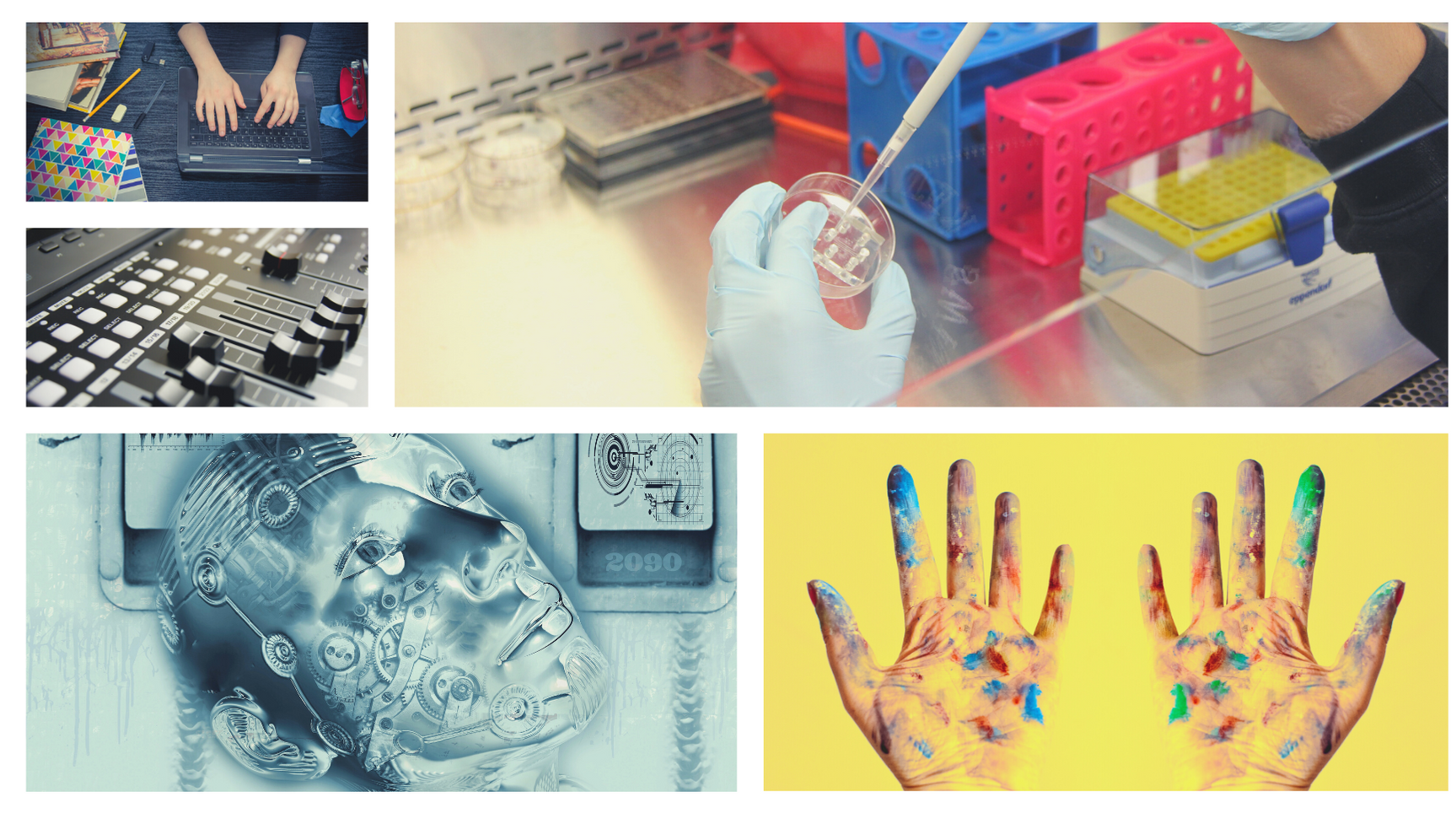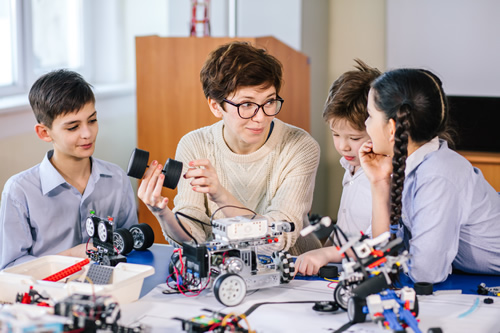Empowering Learning Through Innovative STEAM Education Platforms

Empowering Learning Through Innovative STEAM Education Platforms
In the rapidly evolving landscape of education, Science, Technology, Engineering, Arts, and Mathematics (STEAM) have emerged as crucial pillars for holistic learning. With the integration of innovative technologies, educational platforms are transforming the way students engage with these subjects. This article explores the impact of STEAM education platforms on modern learning and the benefits they bring to students, educators, and the educational system.
1. The Rise of STEAM Education Platforms
In recent years, there has been a significant rise in the adoption of STEAM education platforms. These platforms leverage interactive tools and immersive experiences to make learning more engaging and effective. By combining diverse disciplines, students can develop a holistic understanding of real-world problem-solving, preparing them for the challenges of the future.
2. Personalized Learning Experiences
One of the key advantages of STEAM education platforms is their ability to offer personalized learning experiences. These platforms often utilize adaptive algorithms to tailor content to individual student needs. This personalized approach ensures that students can learn at their own pace, reinforcing their strengths and addressing areas that need improvement.
3. Accessibility and Inclusivity
STEAM education platforms contribute to making education more accessible and inclusive, particularly for students with special needs. Through adaptive features and assistive technologies, these platforms cater to diverse learning styles, ensuring that every student, regardless of their abilities, can actively participate and benefit from STEAM education.
4. Integration of Assistive Technologies
The integration of assistive technologies within STEAM education platforms is a game-changer for students with special needs. These technologies provide additional support, such as text-to-speech or speech-to-text capabilities, making the learning content more accessible. This inclusive approach fosters an environment where every student can thrive.
5. Fostering Collaborative Learning Environments
STEAM education platforms often incorporate collaborative features that encourage teamwork and problem-solving. Through virtual labs, group projects, and interactive simulations, students can work together to apply their knowledge in practical scenarios. This collaborative approach not only enhances their understanding of STEAM concepts but also develops essential skills for the workplace.
6. Real-world Applications and Career Readiness
STEAM education platforms bridge the gap between theoretical knowledge and real-world applications. By providing hands-on experiences and simulations, students gain practical insights into how STEAM disciplines are used in various industries. This emphasis on real-world applications enhances their preparedness for future careers in STEM-related fields.
7. Continuous Learning and Professional Development for Educators
Educators play a pivotal role in the success of STEAM education. Many platforms offer resources and professional development opportunities for teachers to stay updated on the latest pedagogical techniques and technological advancements. This continuous learning ensures that educators can effectively integrate STEAM concepts into their teaching methods.
8. Addressing the Gender Gap in STEM Fields
STEAM education platforms actively contribute to addressing the gender gap in STEM fields. By creating inclusive and diverse learning environments, these platforms encourage girls to pursue STEM subjects with confidence. This shift towards gender equality in STEAM education is essential for fostering innovation and progress in these fields.
9. Overcoming Geographical Barriers
The accessibility of STEAM education platforms transcends geographical barriers. Students from remote or underserved areas can benefit from high-quality STEAM education resources, leveling the playing field and providing equal opportunities for learning. This democratization of education contributes to a more equitable distribution of knowledge.
10. Embracing the Future with STEAM Education Platforms
In conclusion, STEAM education platforms are catalysts for change in the educational landscape. Through personalized learning experiences, inclusivity, and real-world applications, these platforms are shaping the future of education. By embracing the possibilities offered by STEAM education, we are not only preparing students for the challenges of tomorrow but also fostering a generation of innovative thinkers and problem-solvers.
For more information on STEAM education platforms, visit ESSAYOUTLINEWRITINGIDEAS.COM.



